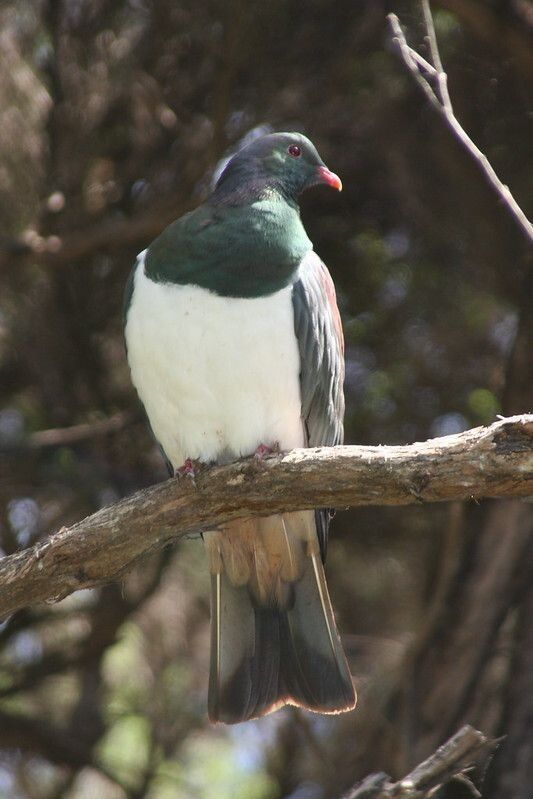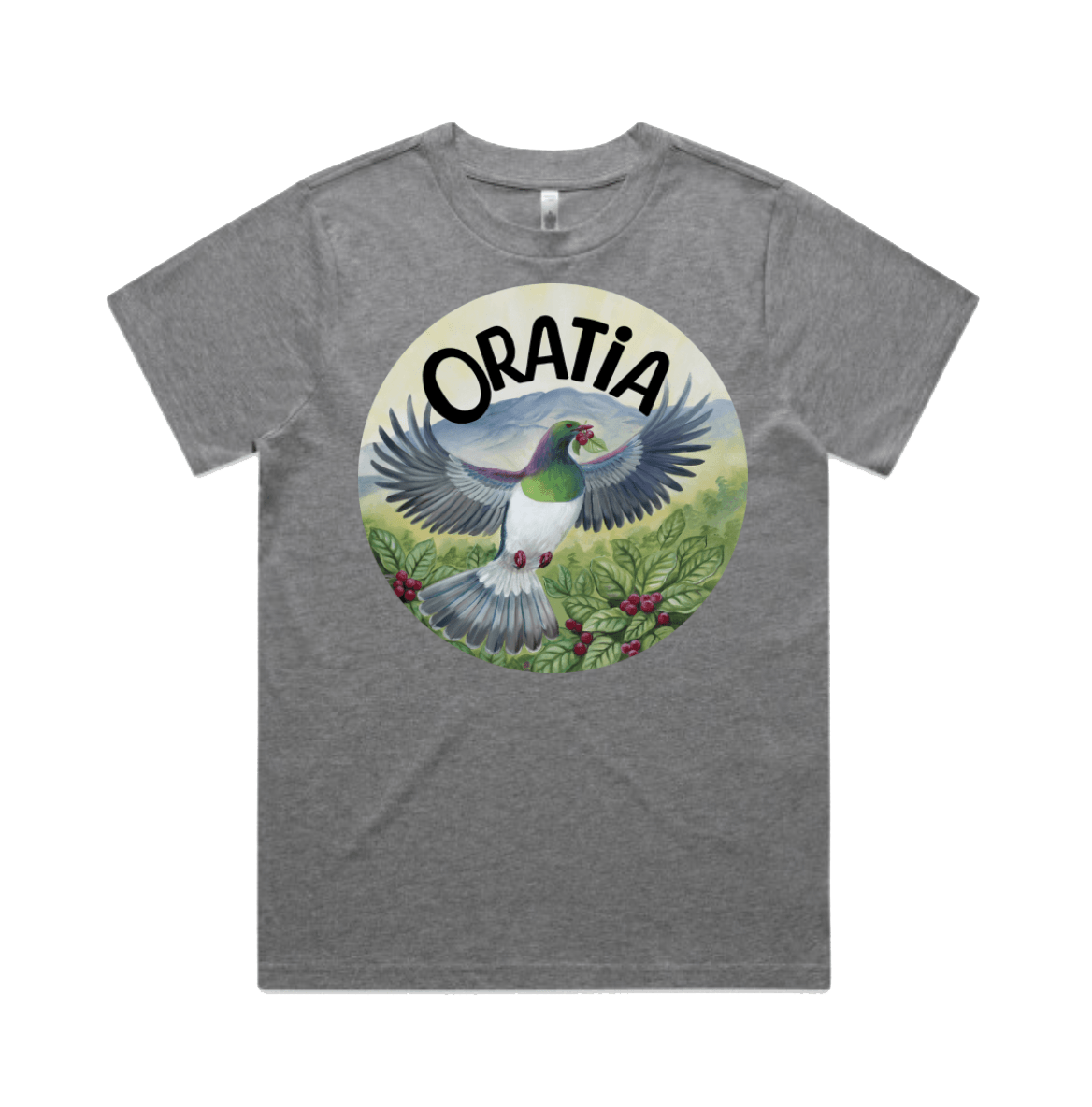Kererū

Kererū:
The gardeners of the sky
Habitat: Forests, and kererū-friendly suburban gardens, parks and farms across NZ.
Nesting season: November to March or year-round if conditions are right.
Diet: Leaves, flowers and fruit from 70+ plant (favourites include nīkau, karaka, puriri and taraire).
Size: Up to 51cm and around 650g.
What’s their superpower?
With the extinction of large birds like the moa around 600 years ago, kererū are one of very few New Zealand native birds left with beaks large enough to gulp down large fruits whole.
Why do we need them?
These plump pigeons play a major role in keeping our forests alive and thriving. That’s because the fruits they eat germinate (or sprout) in their gut and get spread through droppings.
If it weren’t for kererū, lots of our precious native trees, like miro, matai, taraire, tawa and puriri, would be in serious trouble or extinct. This would upset the forest’s ecosystem balance and impact other species that rely on these trees for food, shelter and habitat.
Did you know?
After gorging themselves on native fruits, kererū like to sunbathe while their food digests. Their fruity meal can ferment in their crop (pouch below the throat) turning it alcoholic. Spot them flying in wacky patterns or acting oddly? Now you know why.
Fascinating facts
Acrobatic aviators: Despite their hefty size, kererū can pull off impressive aerial acrobatics including sudden turns and loops in the air, especially during mating displays or when escaping predators.
One and done: Kererū lay a single egg per nesting attempt (although they may nest more than once each season).
Love birds: They stick with their mates for life, and not just during mating season.
Taonga: A cultural treasure to Māori, kererū were historically a major food source in Māori culture and their feathers were used in special clothing and ceremonies.
Conservation corner
Sadly, kererū are nationally vulnerable and in decline thanks to habitat destruction, illegal hunting, and egg thieves like cats, possums, rats and stoats.
How you can help
Keep your cat indoors at night as they love to snack on kererū eggs and can kill chicks and grown birds.
Plant a native tree or shrub in your backyard. Miro, puriri, kahikatea, taraire, kohekohe and tawa are great kererū-friendly habitats.
Choose natural pest control. Chemicals like insecticides and herbicides on plants can be harmful to their food sources.
Apply window decals or other visual markers to glass surfaces to keep kererū safe from colliding and getting injured.
Help us to help the kererū
While kererū are not threatened, over 75% of our indigenous species are at risk of extinction*. The Pest Free Waitākere Ranges Alliance is raising funds to help defend the many special species of the Waitākere Ranges.
Thank you for your support of this taonga species!
Oratia / Kererū Supporter Gear
Support the conservation efforts of Pest Free Waitākere Ranges Alliance!
By shopping with us, you're contributing to the protection and preservation of our ngahere, and supporting our vision of a restored and thriving Waitākere Ranges.
Choose from a range of clothing and accessories printed with our exclusive design by local artist Monique Endt featuring Oratia's special species – the kererū.
Image credits: Kereru by Duncan/angrysunbird via Flickr | Kereru in kowhai by Lesley Webb | Kereru in tree by Kathrin & Stefan Marks

